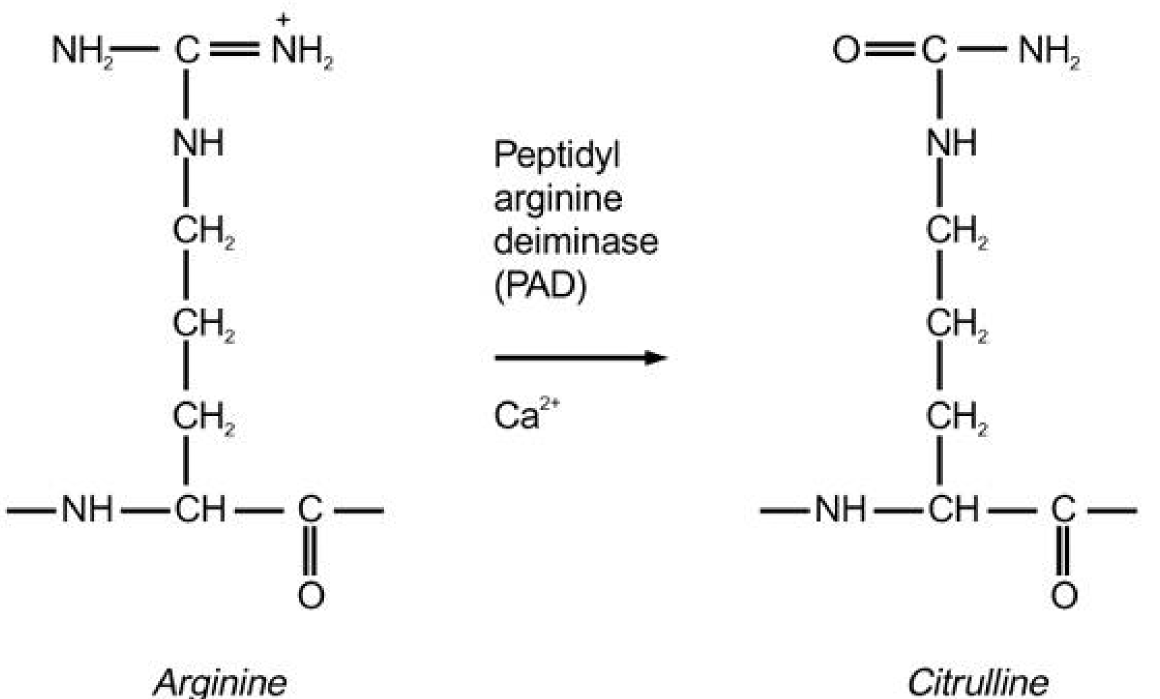Page created on April 10, 2018. Last updated on December 18, 2024 at 16:56
Anatomy about joints (not 420 joints but bone joints)
All joints are surrounded by a joint capsule, consisting of an outer fibrous membrane and an inner synovial membrane. The synovial membrane is what produces the synovial fluid, which lubricates the cartilage and bones and maintains joint homeostasis. By keeping the cartilage healthy, the bones are prevented from directly touching each other and damaging themselves.
The synovial membrane produces a proteoglycan called lubricin and a glycosaminoglycan called hyaluronan, two major components of the synovial fluid.
Rheumatoid arthritis
Rheumatoid arthritis (RA) is a relatively common chronic autoimmune disease which mostly targets the joints, but also the lungs, eye and more. It leads to joint deformity and diminished life expectancy, by causing degradation of the cartilage which leads to erosion of the bones.
The presence of a protein called rheumatoid factor occur in 70% of rheumatoid arthritis patients, but is not specific to the disease; it can be found in the blood of patients with other diseases than RA as well. Rheumatoid factor is an autoantibody that targets the Fc region of IgG antibodies. When this autoantibody binds to IgG, the autoantibody and IgG antibody form an immunocomplex. Immunocomplexes are large molecules so they cause inflammation and often deposit in joints, where inflammation hurts bad.
Many proteins in the body contains citrulline residues. Citrulline is not one of the 22 proteinogenic amino acids that are usually found in proteins, but arginine residues in proteins can be converted into citrulline residues by posttranslational modification. This modification is done by an enzyme called peptidyl arginine deiminase (PAD).

Citrullination of proteins is completely normal, however 70% of rheumatoid arthritis patients stop tolerating them for some reason and instead start producing antibodies against these citrullinated proteins. These antibodies are called anti-CCP antibodies and are only found in the blood of patients with rheumatoid arthritis. These antibodies will cause inflammation in the joints in the same way rheumatoid factor does.
A protein called RANK ligand (RANKL) is found on the surface on many cells. The receptor of this ligand is called RANK and is found on osteoclasts, among other cells types. When RANKL binds to RANK, the osteoclasts are activated, which will degrade bone.
